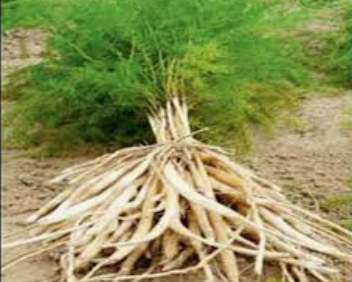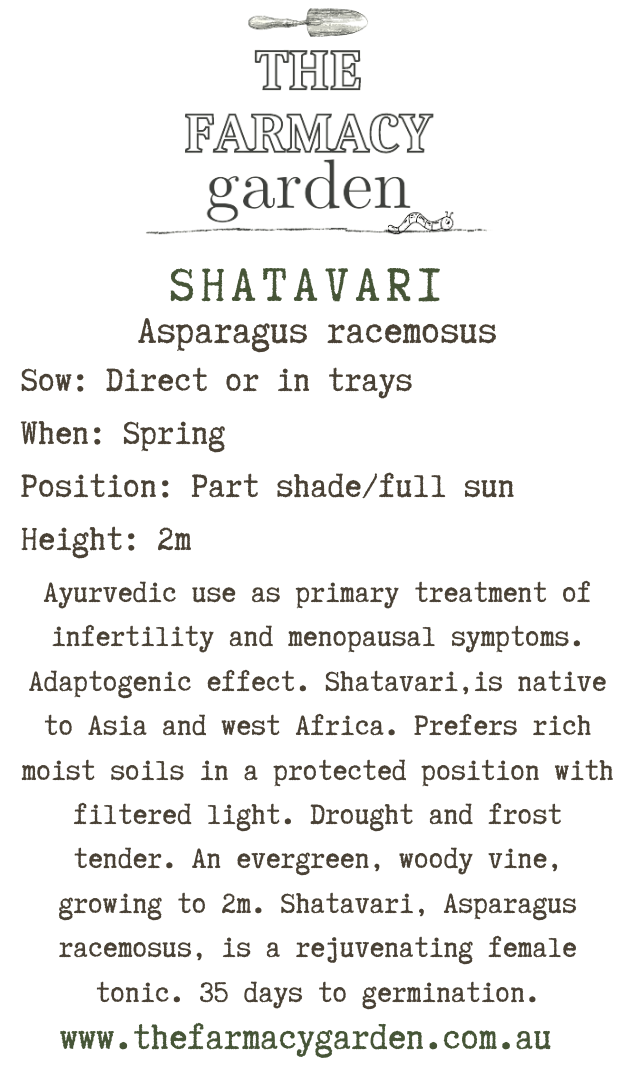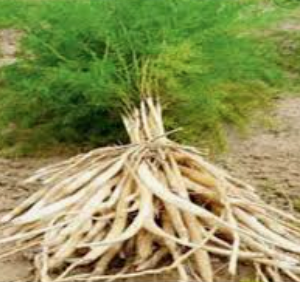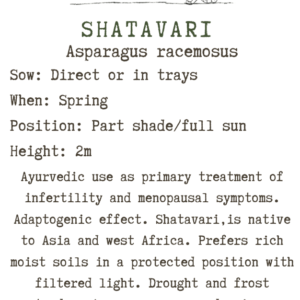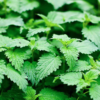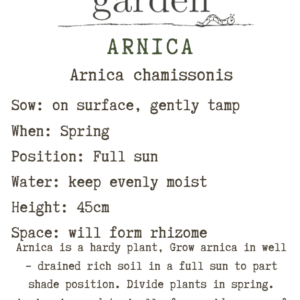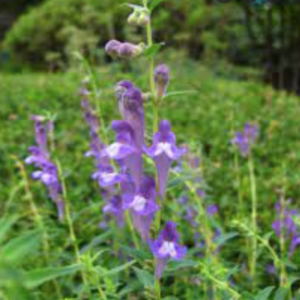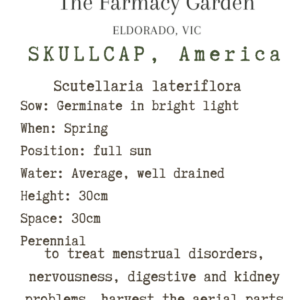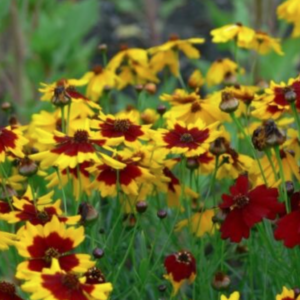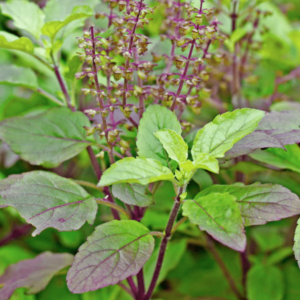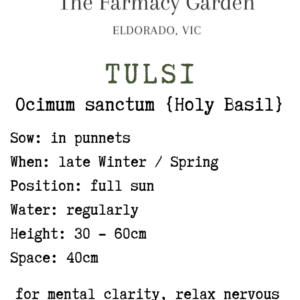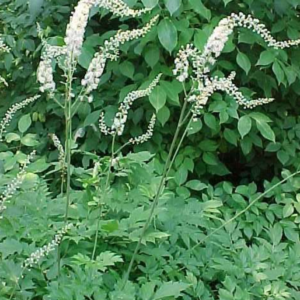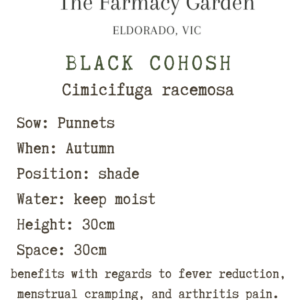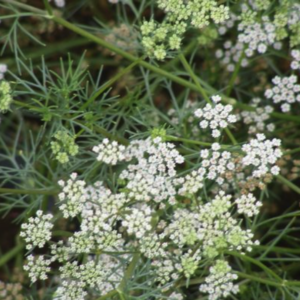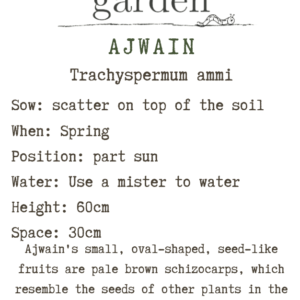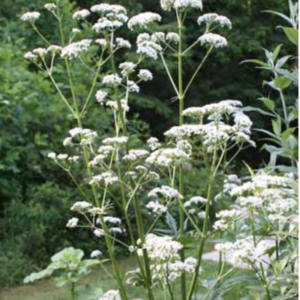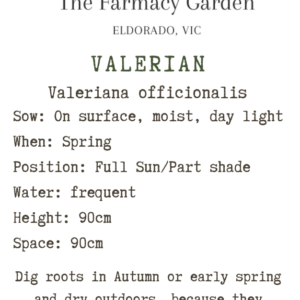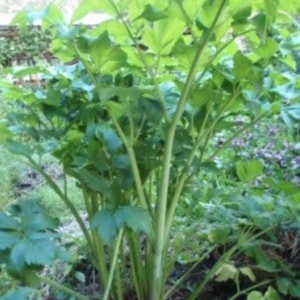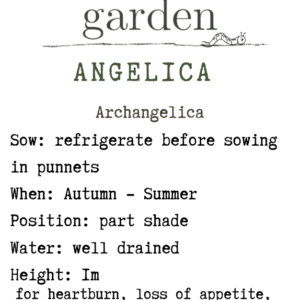Shatavari Seeds, Asparagus racemosus
$8.50
Asparagus racemosus ( Shatavari ) is a relative of the vegetable Asparagus and is native to India, Nepal and China. The plant; mainly the roots, have a long history of use in traditional medicine. Some of the more common uses were fertility issues in women; the loss of libido; and menstrual complaints; as well as aiding with diarrhoea; rheumatism; and diabetes.
Out of stock
Email when stock available
Asparagus racemosus is a species of asparagus common throughout India and the Himalayas. and northern Australia. It grows 1–2 m tall and prefers to take root in gravelly, rocky soils high up in piedmont plains, at 1,300–1,400 m elevation.
GROW: Sow seeds 2-3mm deep in seed raising mix. Shatavari needs warm, moist conditions to germinate so a heat mat may be needed if you live in a cooler climate. A greenhouse is ideal, if not a warm location that has filtered sun. It takes 18 months for the plant to grow from seed to being ready for harvest.
HARVEST: The harvest itself is no easy task; a large hole must be carefully dug around the roots so that they are not damaged in the process of pulling them out. It can take up to half an hour per plant, and longer if it is deep in rocky ground. Once harvested every single root is carefully peeled to remove the thick outer layer, and then laid out on drying racks where it rapidly dehydrates in the hot desert air.
Traditionally, shatavari is collected from the wild. It is vital to ensure some roots are left undisturbed, so that the plant is able to regenerate.
USE: Asparagus racemosus ( Shatavari ) is a relative of the vegetable Asparagus and is native to India, Nepal and China. The plant; mainly the roots, have a long history of use in traditional medicine. Some of the more common uses were fertility issues in women; the loss of libido; and menstrual complaints; as well as aiding with diarrhoea; rheumatism; and diabetes.
Suitable for temperate to tropical climates.
Related products
Flower Seeds
Flower Seeds
Medicinal Herb Seeds

